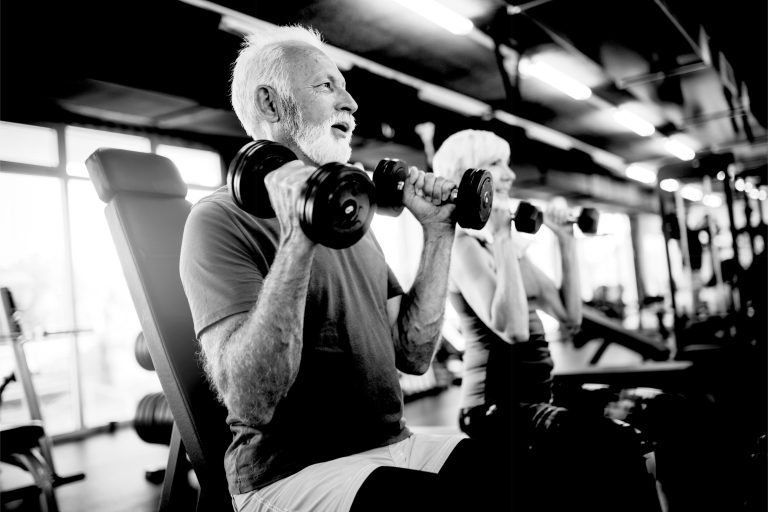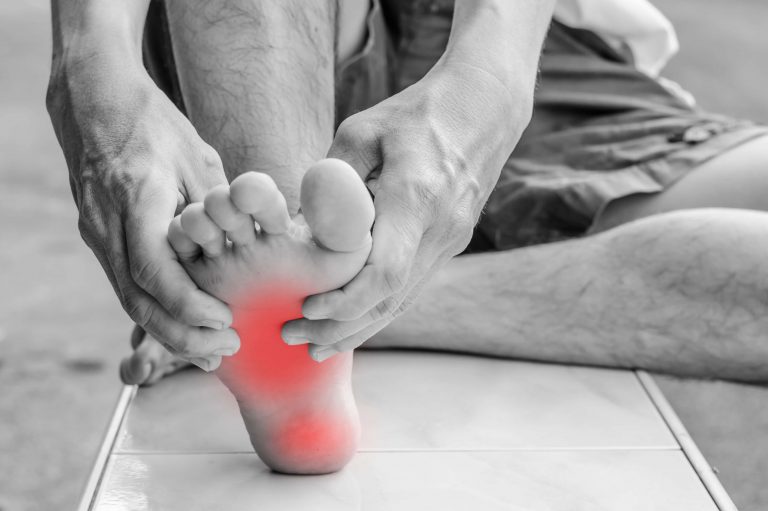Each year more and more youth athletes are joining the multi-billion dollar year-round sports circus, often participating on more than one team and spending countless hours training and competing to be the best in their sport. Meanwhile their adult counterparts, ranging from weekend warriors to professional athletes, subject their aging bodies to the same training demands that they did when they were in their teens. Regardless of age or skill level, these active individuals often underestimate the importance of proper recovery strategies to be at their best when it really matters.
While exploring the body’s response to exercise is beyond the scope of this article, most people are familiar with the sensations of muscle soreness and tightness that follow any bout of exercise. These effects are a normal part of muscle repair and growth, and typically subside within a couple of days. Exercising too intensely over a long period of time, however, can lead to more harmful overuse injuries, such as tendinitis, bursitis, stress fractures, and soft tissue damage.
In order to avoid these injuries and maintain a high level of performance, it’s crucial for every athlete to incorporate active recovery days into their training program. There are many forms of active recovery, but in this post we’ll dive into some of the reasons that jumping in a pool may be a good option for any active individual.
Passive vs Active Recovery
Before we discuss the specific benefits of aquatic exercise for recovery, it’s important to understand the difference between “passive” and “active” recovery.
The simple definition of passive recovery is rest. That’s it – complete inactivity. Generally speaking, rest is a good thing. Without rest, muscles don’t actually have time to rebuild and grow. Too much rest can be detrimental though, especially for any athlete following an injury. Research has shown that it only takes 3 weeks of decreased activity for cardiovascular decline to begin, while 6 weeks of rest can cause an athlete’s maximal oxygen consumption to decrease by 14-16%.
The best way to avoid musculoskeletal injuries and cardiovascular deconditioning, while still allowing the body to recharge, is by engaging in some form of active recovery. Active recovery is defined as any form of movement that is lesser in intensity than normal training. Common examples of active recovery are a light bike ride, a short walk, an easy swim, or a relaxing yoga session. These activities decrease the typical demand being applied to the body, but without the detrimental effects of complete inactivity.
When we work out, the stress to our muscles and joints creates inflammation. This inflammation is caused by microscopic tears and breakdown of enzymes, which we feel as post-exercise soreness. Movement during an active recovery session helps jumpstart the restoration process by increasing blood flow to the muscles. This increased blood flow helps bring oxygen and nutrients back to the cells while removing lactic acid and carbon dioxide from the tissue. When active recovery is performed in an aquatic environment, these effects are further enhanced and additional benefits are gained.
Benefits of Exercising in an Aquatic Environment
Physiologically, there are changes in our body when exercising in water. Heart rate tends to be on average 10-15 beats per minute lower compared to performing similar exercises on land. Cardiac output (the amount of blood our heart is pumping to the rest of the body per minute) increases on average by 25% when in water. Stroke volume (the amount of blood pumped by the heart with each individual contraction) also increases by an average of 25%. What do these numbers tell us? In general, exercising in a pool is less taxing on our cardiovascular system. Our heart is able to pump blood more efficiently, creating a perfect environment for active recovery workouts.
Being submerged in water also allows our bodies to be loosely “unweighted” thanks to the principle of buoyancy. In waist deep water our bodies are 50% unweighted, and in chest deep water we are 75% unweighted. The water supports the body and decreases stress on the joints, allowing for a lower-impact workout and the ability to perform exercises through a greater range of motion with less discomfort. This makes aquatic exercise a great tool for land-based athletes who are looking to supplement their training while decreasing the overall load on their joints.
Meanwhile, the hydrostatic pressure of water acts as a gentle compressive force on the body. When our bodies are surrounded by water, the additional pressure aids in circulation by increasing blood flow and lymphatic flow. This enhanced circulation helps restore the body by promoting the transportation of nutrients and the removal of waste products, but in a more efficient manner than movement alone.
Aquatic exercise doesn’t always have to be easier, however. We’re all familiar with how much harder it is to walk in a pool compared to on land. This is due to a property of water known as viscosity. The resistance provided by moving in water can be manipulated to make exercise more difficult; the faster we move our body, the greater the resistance we have to work against. Performing exercises with the appropriate level of intensity allows endurance athletes to maintain their cardiovascular training while decreasing the risk of overuse injuries such as tendinitis.
Customizable Training for All
Jumping in the pool can benefit people of all ages, athletes and non-athletes, injured and non-injured. Take a long-distance runner for example, currently training for a marathon. Adding an active recovery pool session once a week the day after a long run would help her recover and prepare for the next run, while also building in additional low-impact cross training. Aquatic exercise would be a valuable tool for this runner to build on her cardiovascular training while helping prevent injuries.
Aquatic exercise can be beneficial for all athletes and active individuals, regardless of where they are in their training. Sport-specific movements can be performed in the water for conditioning during pre-season training, for active recovery throughout the season, or during a return-to-sport rehab program following an injury. Even plyometrics can be performed in the pool – you’d be surprised how challenging jumping exercises can be in waist to chest deep water!
At FLO Physical Therapy & Performance we tailor our aquatic therapy and fitness sessions to each specific client, taking into account their lifestyle, sport, and training goals. Each session involves a guided warm up, followed by custom exercises focused on mobility, strength, and cardiovascular endurance. If you or someone you know would benefit from adding aquatic exercise into your training program, contact us today to find out more!




